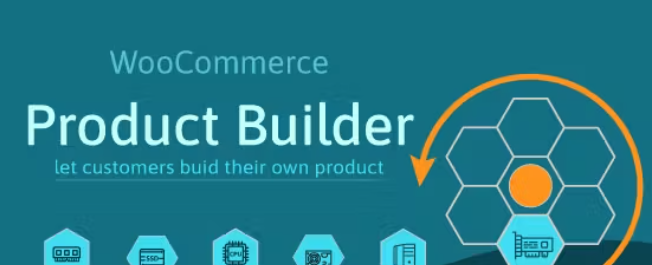
Fine-Tune Your Website: Exploring WordPress Configuration Settings
WordPress is one of the most popular content management systems used today. It is an open-source platform that makes it easy for anyone to create and manage a website. However, setting up WordPress can be tricky, and configuring it to your liking can be a daunting task. In this comprehensive guide, we’ll cover the basics of wp configurator and show you how to master it in a few easy steps.
Installing WordPress:
The first step in configuring WordPress is to install it on your server. This can be done manually or by using a one-click installer provided by your hosting company. Once you’ve installed WordPress, you will need to login to your dashboard. This is where you can start customizing your website. You can add themes, plugins, and pages. You can also customize your settings such as your site title, tagline, and language.
Choosing the Right Theme:
Choosing the right theme is crucial when it comes to WordPress configuration. A theme defines the look and feel of your website. There are thousands of themes available for WordPress, and you can choose one that suits your needs. You can also customize your theme by changing the CSS code, adding or removing widgets, and editing the PHP templates.
Installing and Customizing Plugins:
Plugins are one of the most powerful features of WordPress. They allow you to add extra functionalities to your website. For example, you can install a plugin that adds a contact form, a social media share button, or an email subscription form. You can also install plugins that improve your website’s performance, security, and SEO. When installing plugins, make sure to choose reliable ones and keep them up to date.
Configuring Your Settings:
WordPress has a range of settings that you can configure to make your website easier to use. You can customize your blog page settings, discussion settings, media settings, and more. You can also configure your permalinks, create user roles, and set up your site for SEO. By configuring your settings, you can make your website more user-friendly and improve your search engine rankings.
Maintaining Your Website:
Maintaining your website is an ongoing process. You will need to update your plugins and WordPress core regularly to keep your website secure and free from vulnerabilities. You can also optimize your website’s performance by compressing images, caching pages, and enabling lazy loading. By following these steps, you can ensure that your website runs smoothly and delivers a great user experience.
Conclusion:
In conclusion, mastering WordPress configuration is not an easy task. However, by following the steps outlined in this guide, you can take your website to the next level. By installing WordPress correctly, choosing the right theme, installing reliable plugins, configuring your settings, and maintaining your website, you can create a website that is secure, user-friendly, and easy to manage. So if you’re ready to take your website to the next level, start mastering WordPress configuration today!